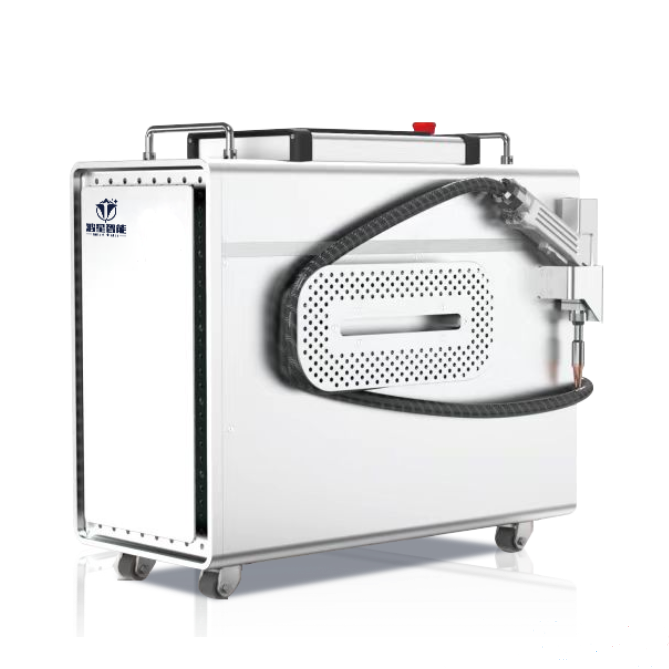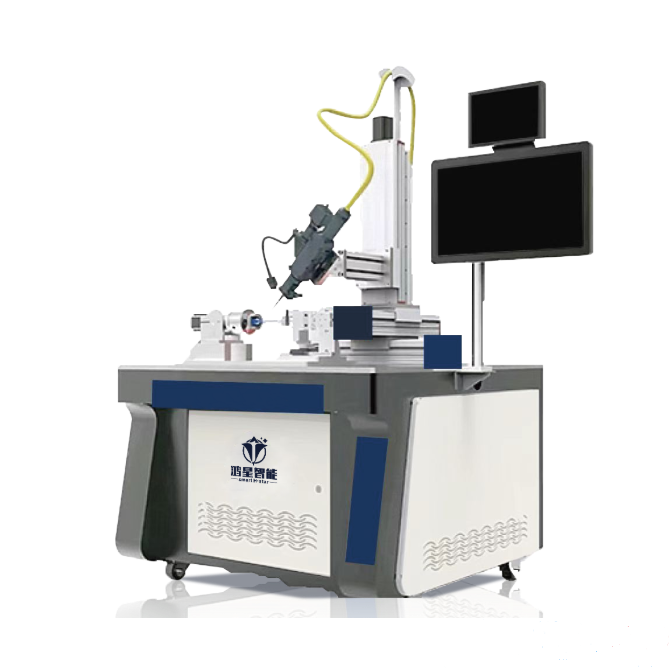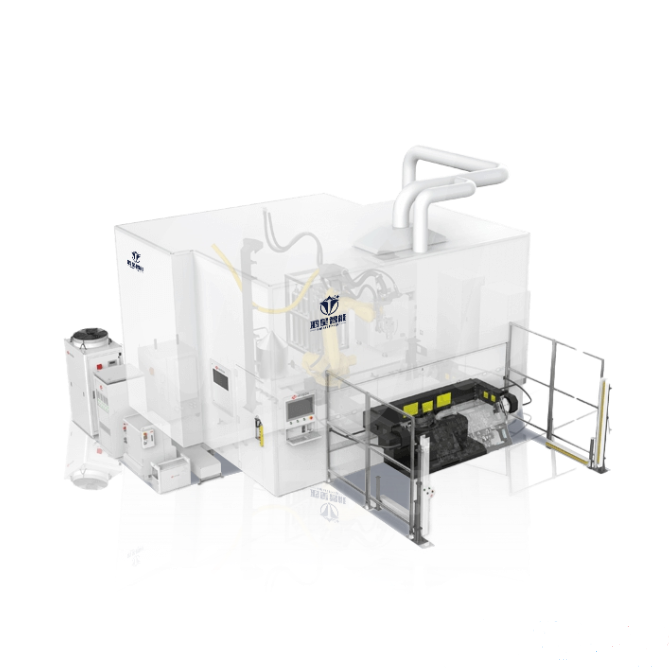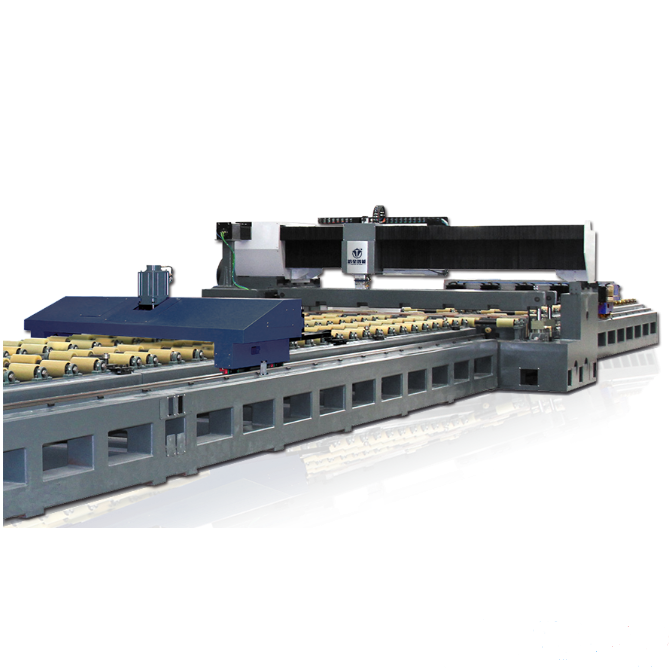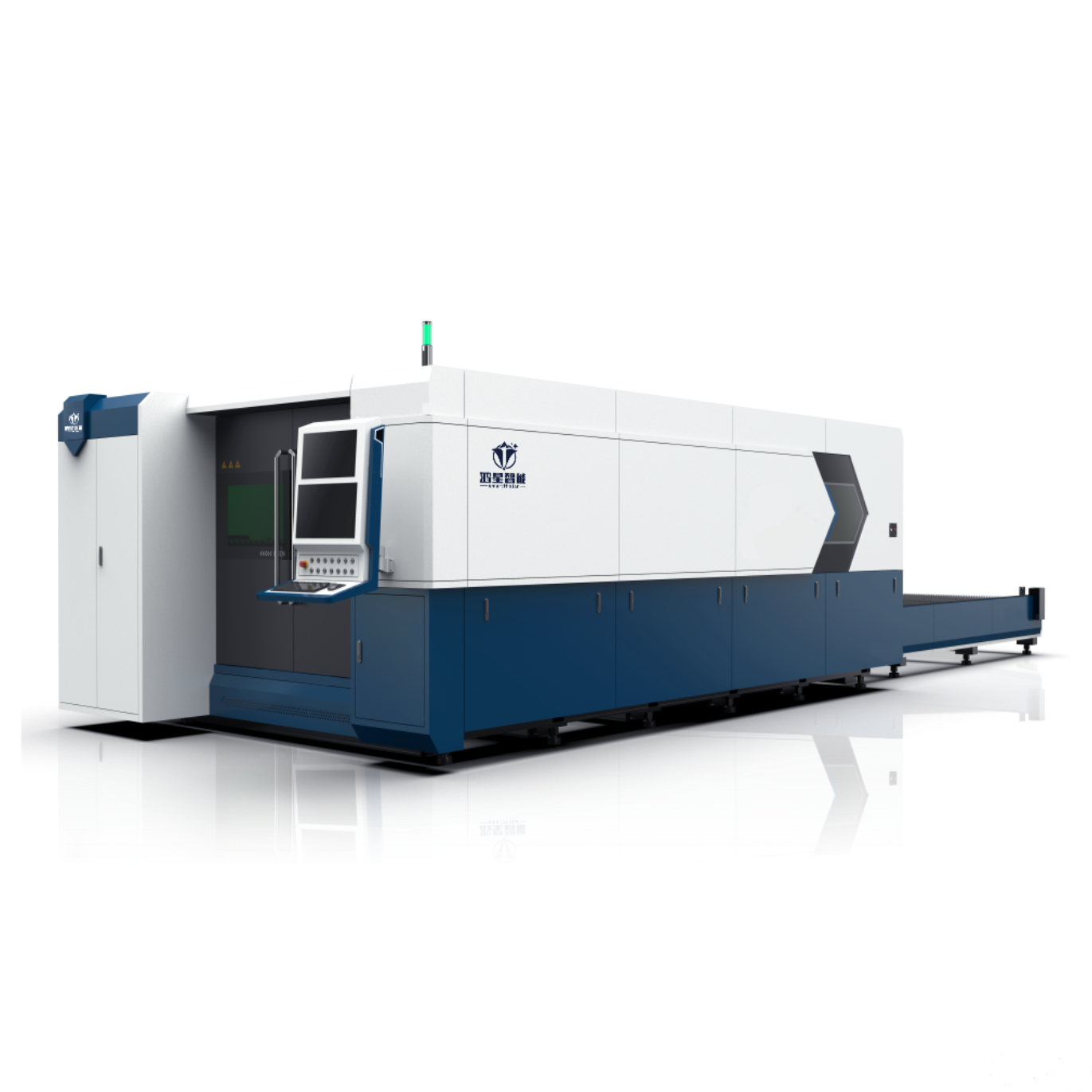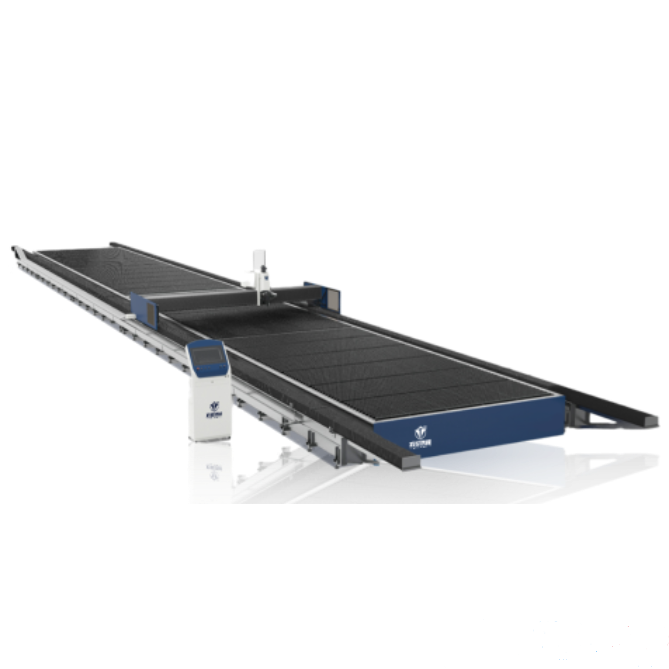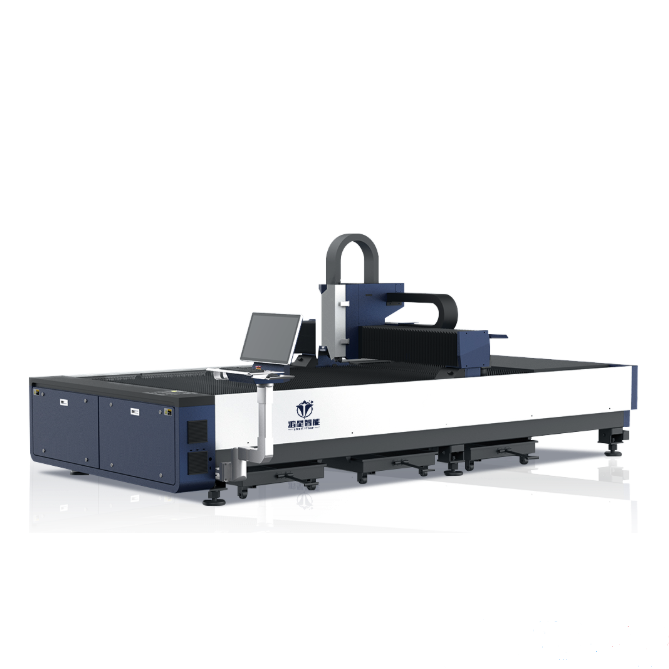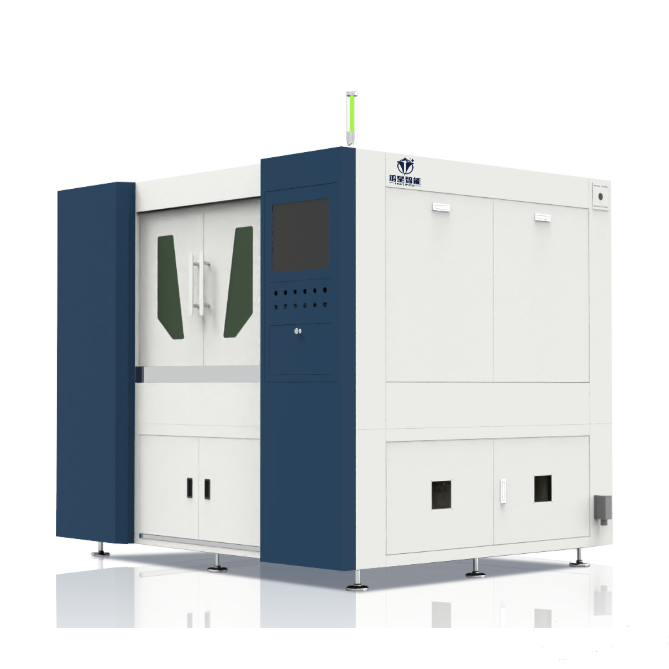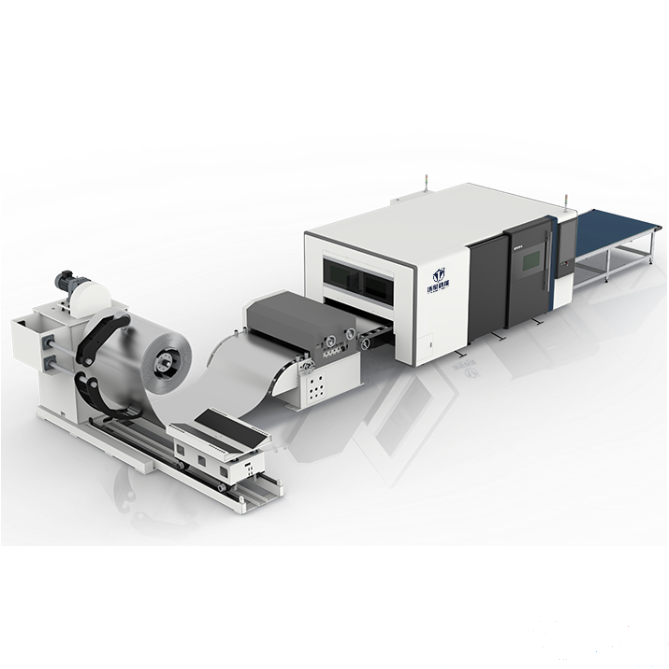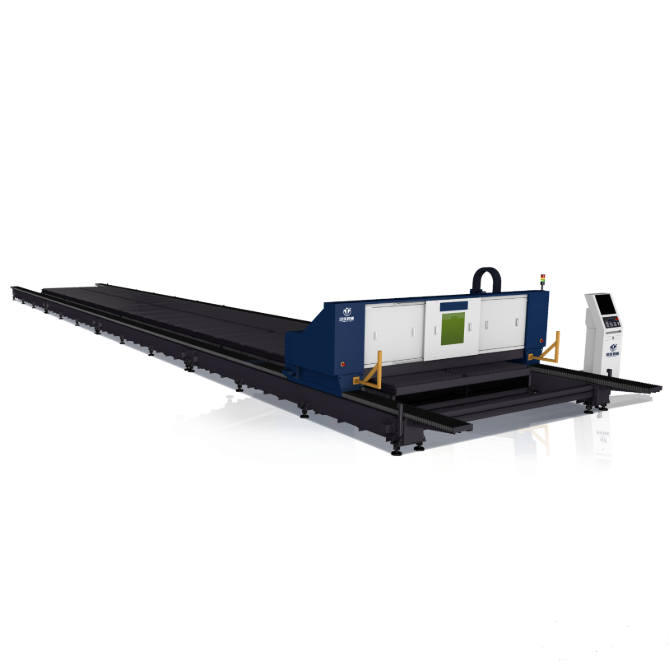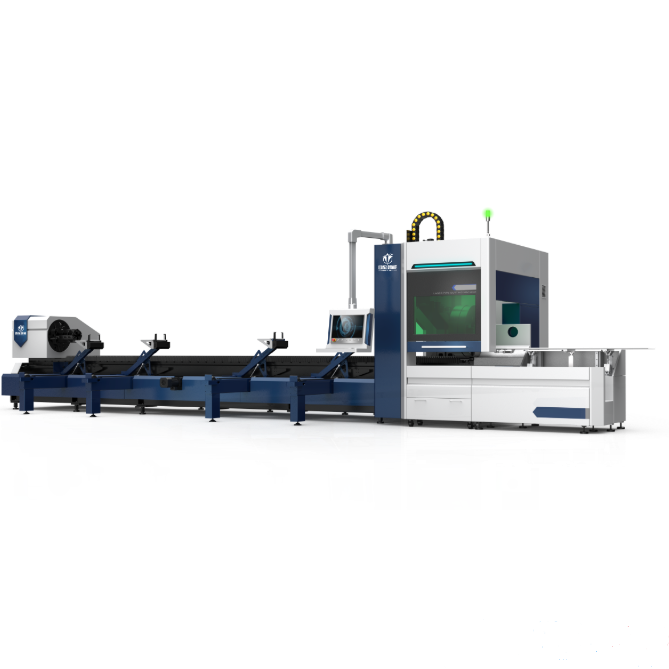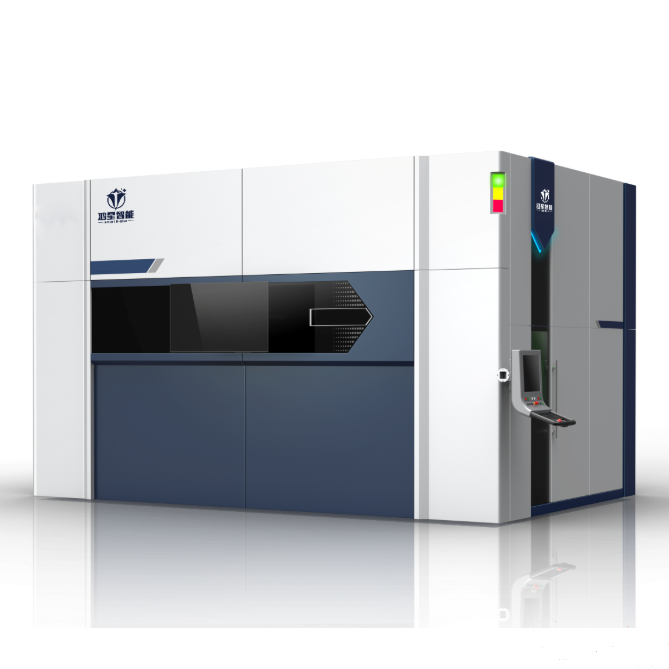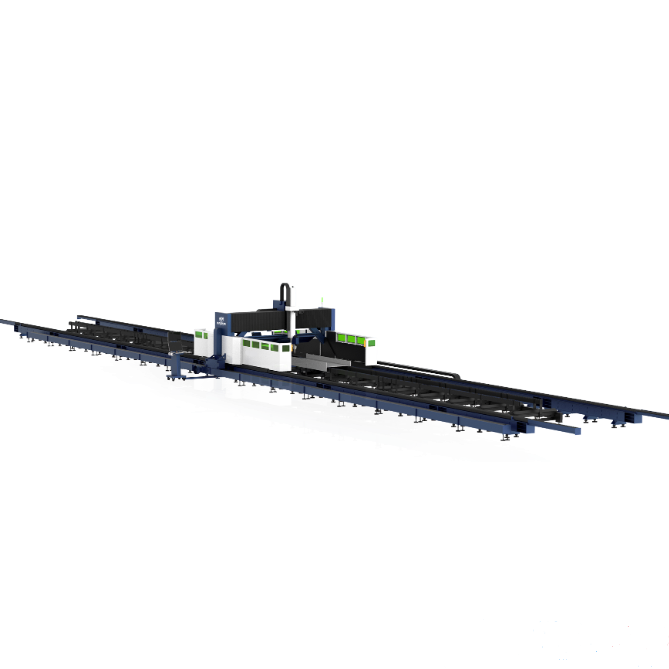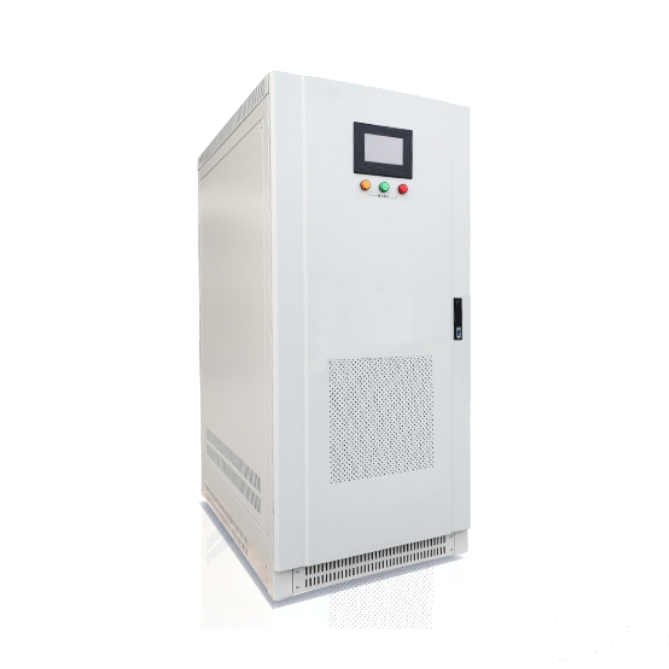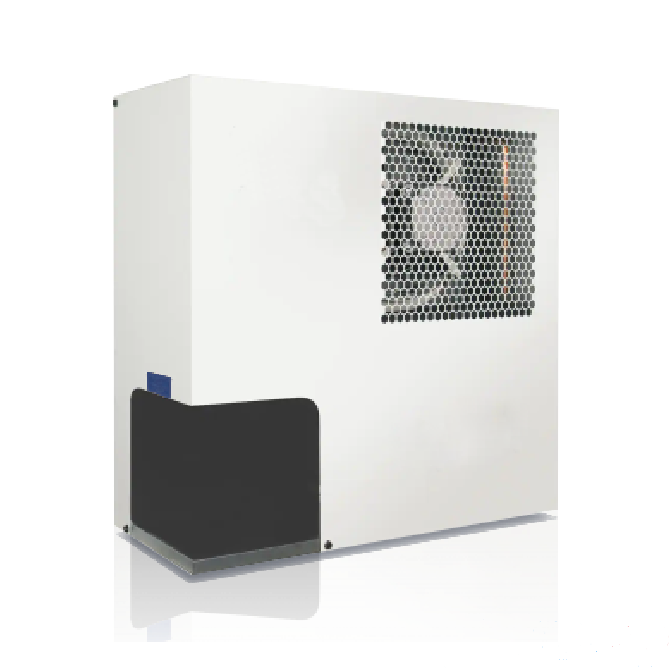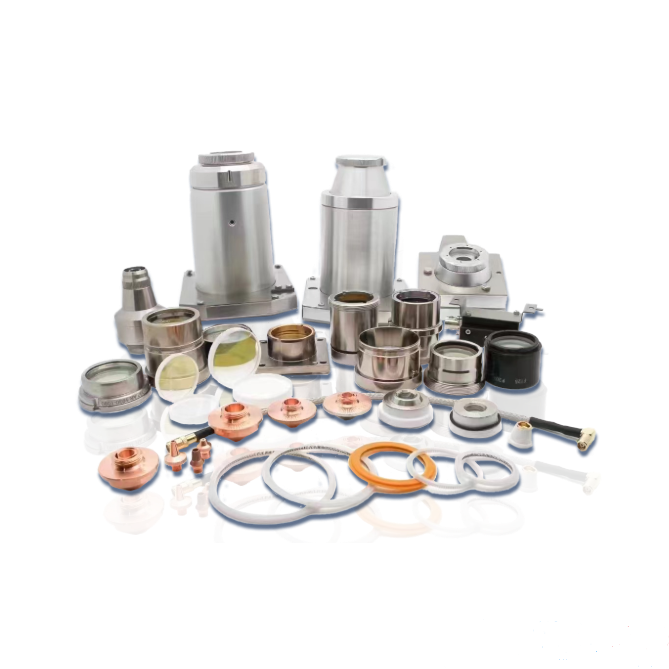For shipbuilding! German research institute develops multi-laser beam welding pr
Release Date:2024/07/30
The German Laser Research Center Hannover (LZH) is committed to solving the reliability problem of thick plate welding in the shipbuilding industry, leading the welding process innovation through cutting-edge technology.
It is reported that scientists at the center are working on developing a multi-laser beam welding system that integrates custom beam shaping and "digital twin" technology to meet the strict requirements of high penetration depth in thick plate metal welding, especially for parts in the thickness range of 15mm to 30mm.

At the heart of this innovative process is a comprehensive quality assurance system that uses advanced sensors to monitor key indicators such as weld reinforcement, seam width and deformation in real time to ensure consistency and flawless welding operations.
Based on the vast amount of data collected, the research team will also further develop adaptive welding process control mechanisms to achieve instant evaluation and classification of welding quality, so as to effectively distinguish between acceptable and unacceptable welding results.
At present, in the field of thick plate metal, laser welding faces a series of challenges, and the entire process and related processes require a high penetration depth.
Researchers at the Hannover Laser Research Center (LZH) in Germany hope to facilitate the welding of thick-walled components in the 15mm-30mm range through an innovative multi-laser beam welding process, including comprehensive quality assurance.
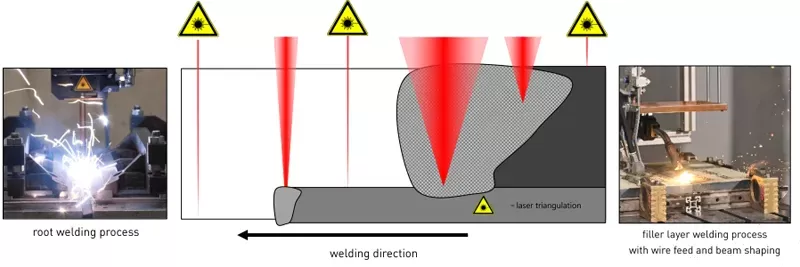
Through integrated quality assurance, scientists aim to ensure consistent, defect-free and high-quality welds. They will combine a variety of sensors to capture features related to weld characteristics - such as weld reinforcement, seam width and deformation. Based on this data, they will develop adaptive welding process control and integrated quality assurance systems that can classify welding quality as acceptable or unacceptable.
In addition, the German Laser Research Center Hannover (LZH) will convert sensor data from a quality assurance system into a digital twin that digitally represents processes and welds based on various measurement data. With digital twins, researchers can record and track this process. The goal is to reduce the overall error rate of Marine automated welding, minimize the necessary component inspections in production, and make the manufacturing process more economical.
Cut costs:
For materials up to 30mm thick, the researchers are actively developing an efficient multi-laser beam welding technology, through the clever combination of three laser beam sources, to build a unique root layer and filler layer welding process. With custom beam shaping technology, they are able to precisely control the characteristics of the molten pool, such as temperature, solidification process and microstructure, to fundamentally prevent the occurrence of thermal cracks and achieve high-quality crack-free welding.
The long-term goal of this technology is to create a single welding process beyond the current state of the art, by reducing the number of welding, shorten the manufacturing cycle and reduce the consumption of filling materials and protective gases, significantly saving resources and reducing production costs. It is worth noting that both the process and innovative system technologies being developed are intended to be transferred to industrial manufacturing plants in the maritime sector.
All these efforts have come together in DIGIMAR, a joint research project focused on "Digital twin-based multi-laser beam welding process quality assurance for thick plate offshore applications." Industry leaders including LZH, MEYER WERFT GmbH & Co. KG (responsible for system technology integration and process development) and Laserline GmbH (for optical solutions for multi-laser beam sources and combined processing) were brought together to chart a new chapter in thick plate welding technology. In the DIGIMAR project, the researchers are combining three laser beam sources to create a root layer and filler layer welding process.




